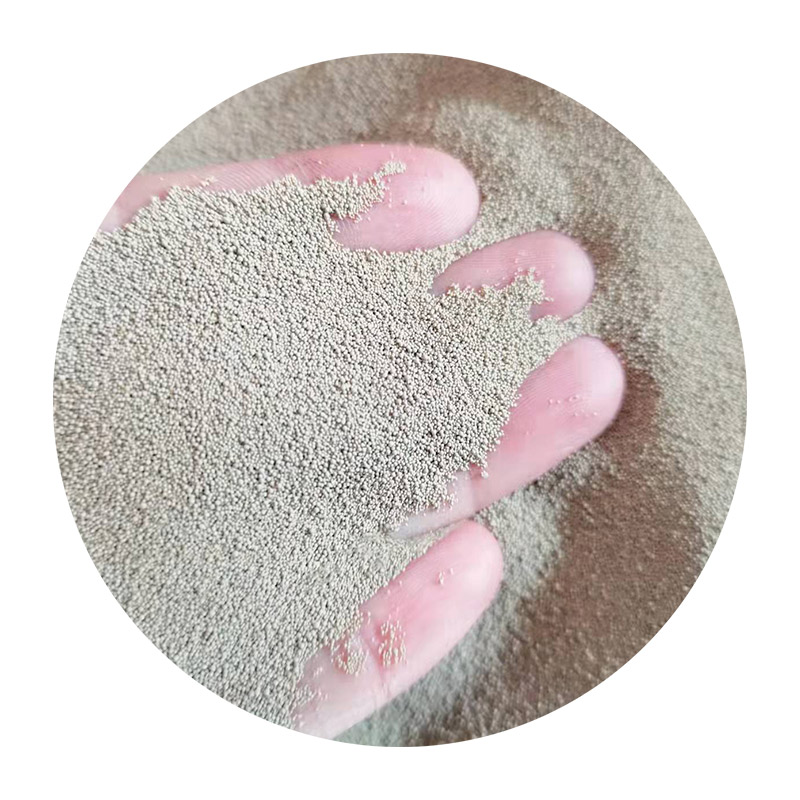Exploring the Art of Iron Sand Casting
Iron sand casting, a fascinating and ancient technique, has been used for centuries to create intricate metal objects and tools. This method utilizes iron-rich sand, found primarily in coastal regions, to produce castings that exhibit remarkable strength and durability. The unique properties of iron sand make it an ideal material for both artistic and industrial applications.
The process of iron sand casting begins with the collection of suitable iron sand. This sand, often dark and magnetic, contains a high percentage of iron oxide, making it abundant in resources. Once the sand is collected, it undergoes a preparation process where it is mixed with a bonding agent, typically clay or resin, to form a mold. The mixture is compacted to create a shape that can withstand the molten metal poured into it.
The next step involves creating a pattern, usually made from wood or metal, which serves as a template for the casting. This pattern is placed into the prepared sand mixture, and the surrounding sand is packed tightly around it. After the pattern is removed, it leaves a cavity that mirrors the desired final object. The sand mold is then carefully assembled, ensuring that it is sealed tightly to prevent any leakage during the pouring of molten iron.
iron sand casting

Molten iron, produced by melting scrap iron or pig iron in a furnace, is poured into the mold. The high temperature of the molten iron allows it to flow easily into the intricate details of the mold, capturing every nuance of the design. Once the metal cools and solidifies, the sand mold is broken away, revealing the cast iron object.
One of the remarkable advantages of iron sand casting is its ability to create complex shapes that may be challenging to achieve with other manufacturing methods
. This technique allows for a high degree of customization, making it popular in art, sculpture, and various industries, including automotive and aerospace. Additionally, the cast iron produced through this method has excellent mechanical properties, ensuring that the final products are not only aesthetically pleasing but also robust and functional.In recent years, there has been a resurgence of interest in traditional casting methods, including iron sand casting, as artisans seek to combine historical techniques with modern designs. Sustainable practices and the use of local materials have further propelled this craft into the spotlight, allowing for environmentally friendly production processes.
In conclusion, iron sand casting is not just a method of production; it is an art form that bridges the gap between tradition and innovation. Its ability to produce strong, intricate, and customizable objects continues to inspire artists and manufacturers alike, ensuring that this age-old technique remains relevant in today’s world. As we delve deeper into the wonders of metallurgy and casting, the legacy of iron sand casting endures, showcasing the timeless beauty and strength of iron in its many forms.
Post time:Nov . 03, 2024 17:30
Next:lost foam castings
